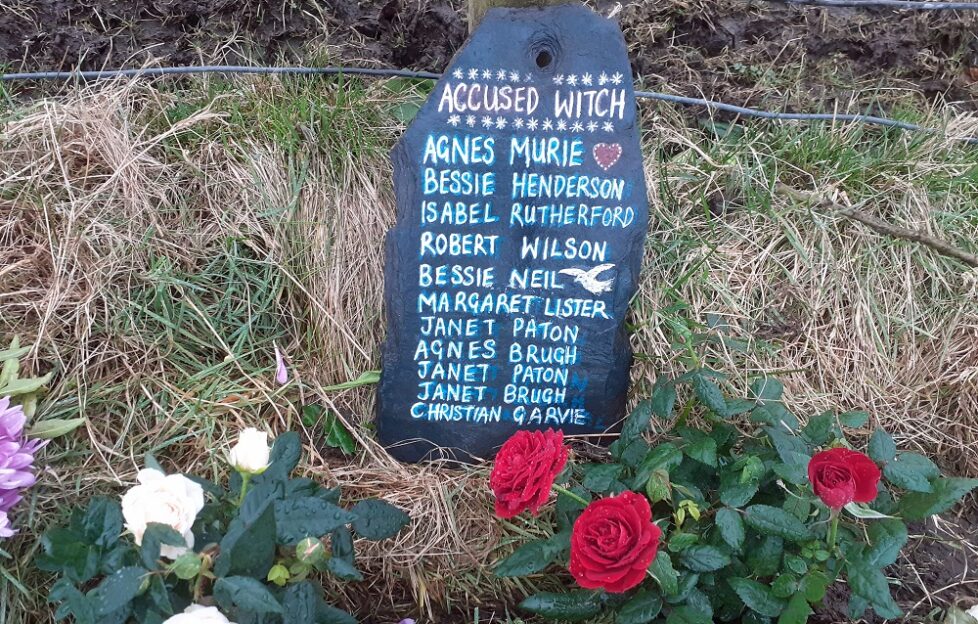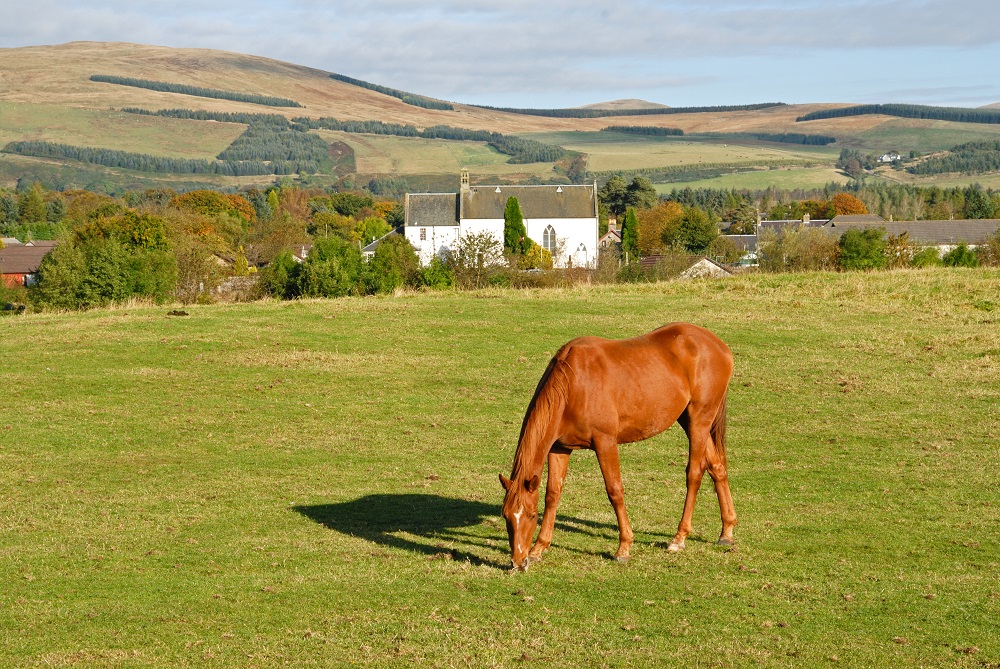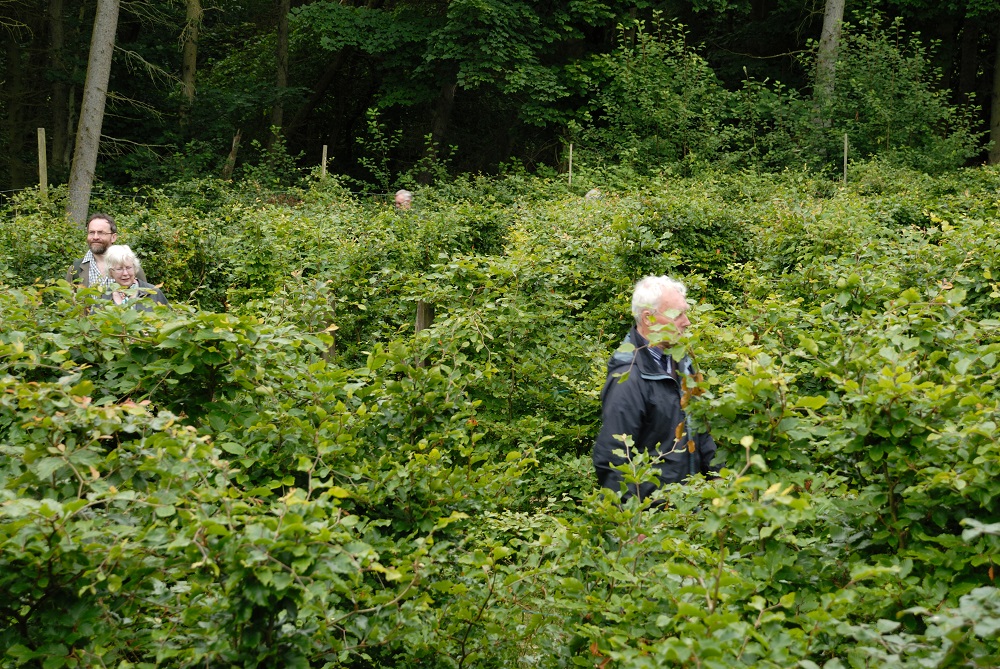 Willie Shand©
Willie Shand©Willie shares a local story of “the devil’s dozen” — accused of witchcraft in the 17th century.
In Crook of Devon, in the corner of a field above the Peat Gate, is field known as Lamblairs. The Peat Gate was the road villagers used to cart home their winter peats from the moss. You’ll find no mention of the name and nothing to mark the spot. However, exactly 360 years ago on May 5, this field was stage to a grim scene from those superstitious times.

At Crook of Devon. Photo by Willie Shand.
Even King James VI — the “wisest fool in Christendom” — claimed that God would never permit an innocent person be accused of witchcraft. Consequently, it followed that everyone who was accused must automatically be guilty!
In Scotland alone, through the 1600s, more than 3,000 were put on trial and over 1,000 condemned to be executed.
The Devil’s Dozen
In the local Crook of Devon trials of 1662, 13 witches were tried. They were called “the Devil’s Dozen”. 11 of them were sent to their fiery end at the Lamblairs.
The trials, five in all, were presided over by none other than the Justice General Depute for Scotland. The accused had all freely confessed and admitted their guilt. Little wonder, as they faced torture and sleep deprivation.
One was lucky; it looks like she died before the event. One was acquitted on account of the fact she was pregnant. Even then, her release was under obligation to return for retrial whenever so required.
Second Time Unlucky
For another, poor Christian Grieve, she must have felt quite relieved to be acquitted. But, just three months later, she faced a second trial before the same judge and the same jury and on exactly the same evidence was found guilty and given the inevitable sentence.
Witches can be male or female. However, that most of those accused were women might come as little surprise. King James VI, after all, believed women were more prone to witchcraft than men. This on account of being the “frailer sex” and therefore more susceptible to the Devil and his works. To justify his claim he quoted the story of Eve in the Garden of Eden!
360 years is a long time but the barbaric treatment of these poor unfortunates has not been forgotten. Within the grounds of nearby Tullibole Castle, a wonderful memorial maze has been planted with some 2,000 beech trees.

In The Witches’ Maze. Photo by Willie Shand.
In the centre is a stone carved pillar bearing the names of those who had their fate sealed here in 1662.
Walking out by Lamblairs, it’s nice to see some of the local children have recently made their own wee memorial in a collection of painted stones.
Thankfully, these superstitious times are now well behind us.
![]()
Read more from Willie’s travels around Scotland.




